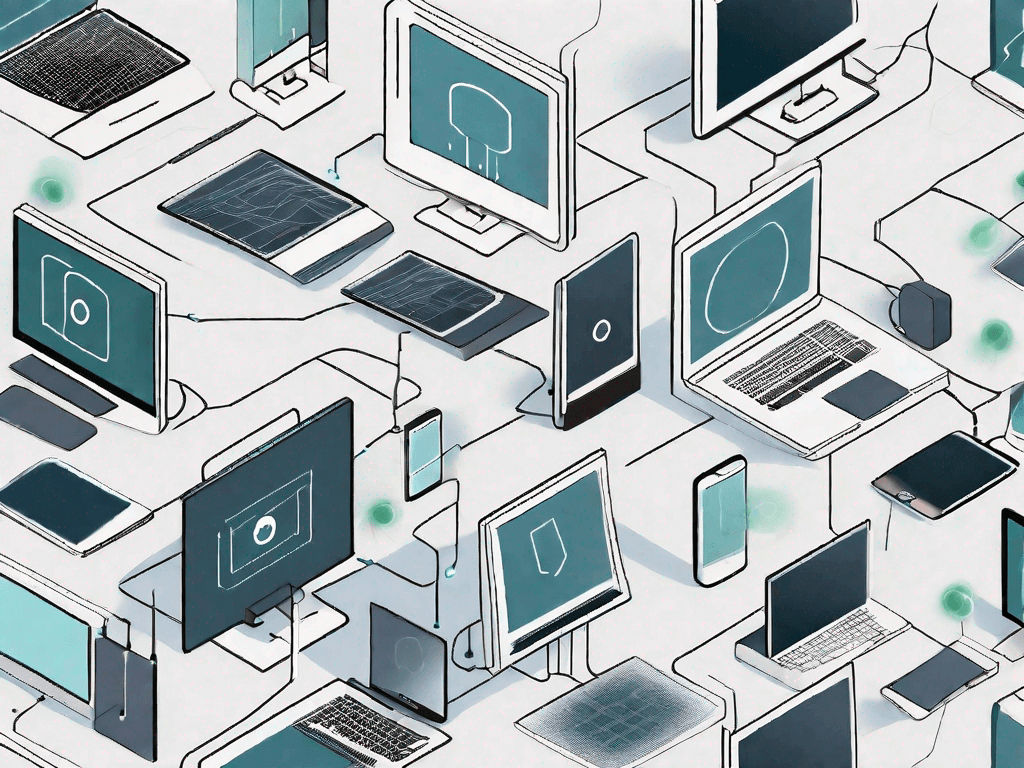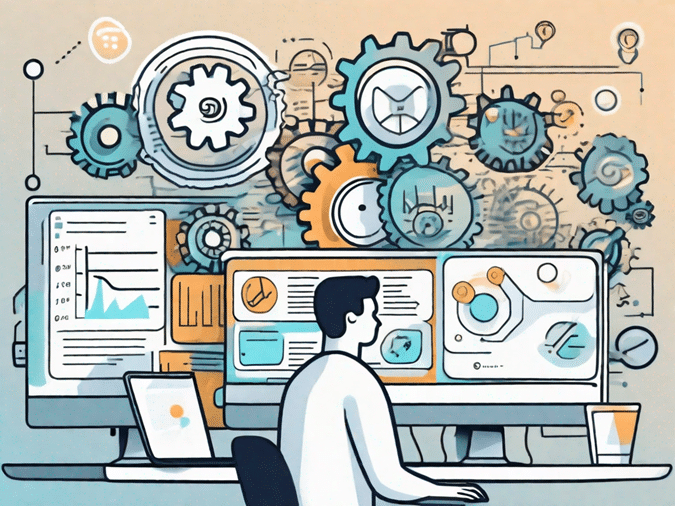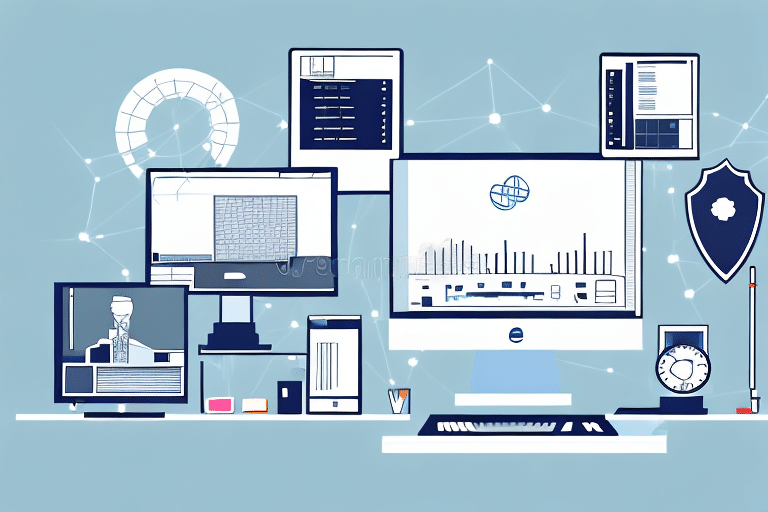Thought Leadership and Insights
Get great ideas on effective employee communications, designing employee recognition programs, getting feedback from employees and improving employee engagement.

Best Intranet Websites: For Enhanced Internal Communication
Discover the top intranet websites that revolutionize internal communication within organizations.
Navigating your Staff Portal to Get the Desired Results
Discover the essential tips and tricks for making the most of your employee portal with our comprehensive guide.
How an Employee Intranet Improves Workplace Communications?
Effective workplace communications and streamlined processes are integral to employee success. Companies need a solution to…
Get Insights
Subscribe to our weekly newsletter to get more tips on effective employee engagement and communications!
Join Our Community
Join Turn On Engagement (TOE) to interact with other employee engagement and people experience professionals. Share and get new ideas!



